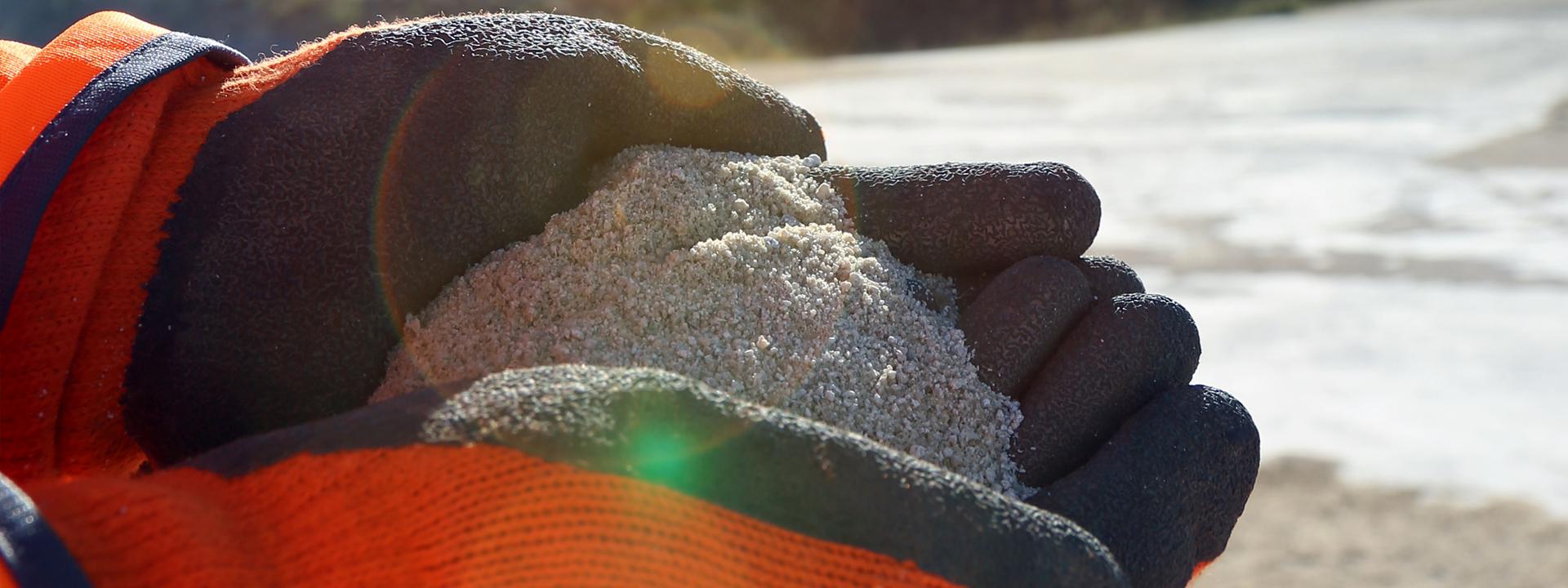High-performance concrete from three of our central London plants is being used to build the capital’s second tallest skyscraper. When it opens in 2019, the 22 Bishopsgate tower will have 62 storeys and stand 278 metres tall, just 31 metres short of The Shard.
Sustainable construction
We continue to develop products that deliver a low carbon impact through reduced energy, greater use of recycled material, or reduced raw materials to produce the same performance. Low energy asphalt (LEA) uses less energy and a higher percentage of recycled material than conventional asphalt but can be laid in the same way, and is ready for use sooner. There are also health and safety benefits for surfacing operatives due to the reduced heat.
We produce a cement replacement called Regen (ground granulated blastfurnace slag) which reduces embodied CO2 in concrete and provides a number of other benefits. We are developing concrete mixes with higher Regen content as well as communicating the CO2 benefits of these products to customers.
We introduced a new product to the UK market called Powercrete which helps to dissipate the heat generated by high-voltage electrical power cables and in doing so, improve power capacity. Powercrete was initially developed by HeidelbergCement in Europe as a high performance heat conducting concrete for the power sector. It is being used at the Hornsea Project One offshore windfarm to help ensure the maximum energy generated is transmitted to the onshore high voltage substation.
We became full corporate members of the Supply Chain Sustainability School in June. The School is a collaboration between clients, contractors and first tier suppliers who have a mutual interest in building the skills of their supply chain.


